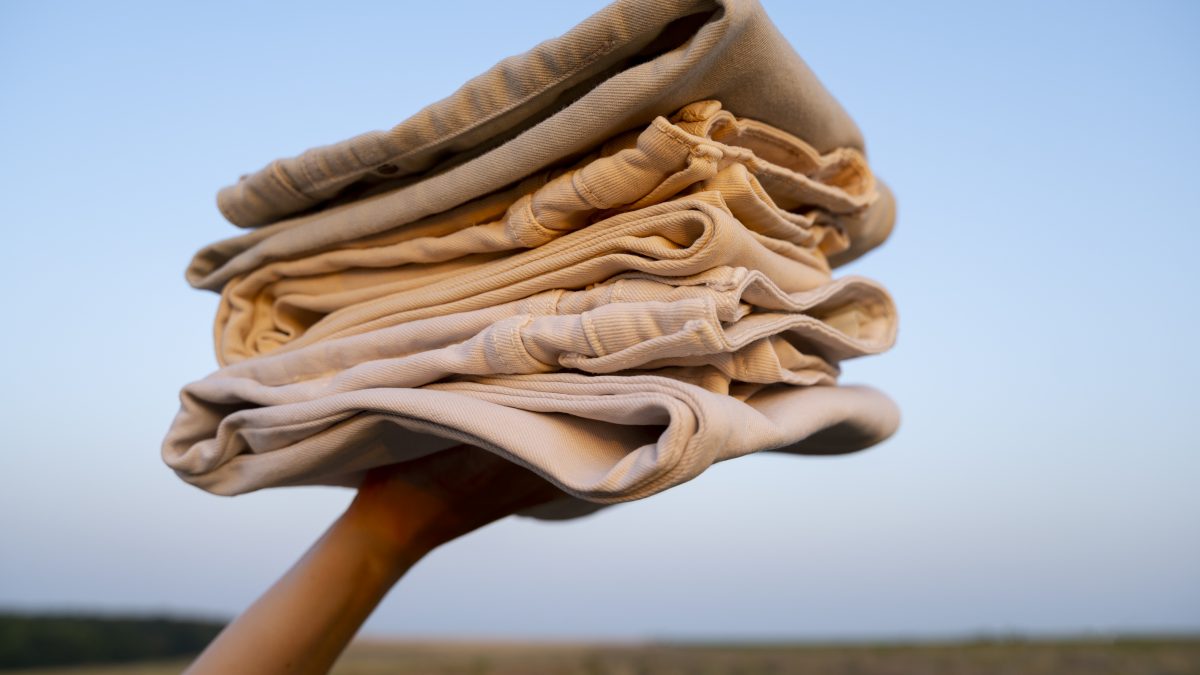How is the value of a product measured? Although the answer to this question is lengthy and detailed, it can be summarized as follows: The value of a product is actually much more than the price tag; it encompasses environmental and economic factors. These factors lay the groundwork for why every product produced should be properly valued and utilized in a circular system until the end of its lifecycle.
Environmental Impacts of Newly Produced Products
When describing the value of a product, we can start with the materials used. Natural materials such as cotton, which do not pose any toxic risks to human health, are extensively used in fashion. However, the fact that a material is natural does not mean it does not harm the environment. Especially within the framework of the overproduction and consumption culture brought about by fast fashion, millions of tons of cotton used for production every year, as well as resources for viscose production, are consumed destructively. Cotton-producing lands are becoming unusable due to intensive irrigation, depleting local water sources. For instance, the viscose production process leads to deforestation due to excessive tree felling.

The energy expended and the carbon emitted during the production processes of a product trigger the climate crisis. Because the fashion industry is responsible for 10% of the world’s total carbon emissions, and if necessary steps are not taken, this figure is expected to rise to 16% by 2030. When a product is discarded before its useful life ends, when production capacities continue to rise, and when products are not properly disposed of at the end of the consumption process, the problem continues to grow unchecked.
Economic Impacts of Newly Produced Products
In addition to environmental destruction, the sector suffers losses of over $500 billion annually due to garments discarded before their useful life ends and not recycled. The main causes behind this issue are excess stock and slightly defective products. Globally, about 12% of clothes remain unsold at the end of each season. These products ultimately either end up in landfills or are incinerated.

In scenarios where every product produced is not sold, brands incur substantial operational costs for items such as storage and transportation. Therefore, reallocating the budget earmarked for disposing of surplus products languishing in warehouses toward renewal operations alleviates the economic burden and offers a highly profitable new business model.
Nivogo revitalizes and prepares surplus products in brands’ and manufacturers’ warehouses for sale. It offers brands sustainability as a value through a circular system. It transforms surplus stock and slightly defective products, which companies seek solutions for, into economic gains. With the motto “Every product is valuable,” it charts a unique roadmap for each brand as a sustainability partner and transforms fashion by renewing it.
If you want to take a step towards sustainability with your brand, you can contact us at info@nivogo.com.





